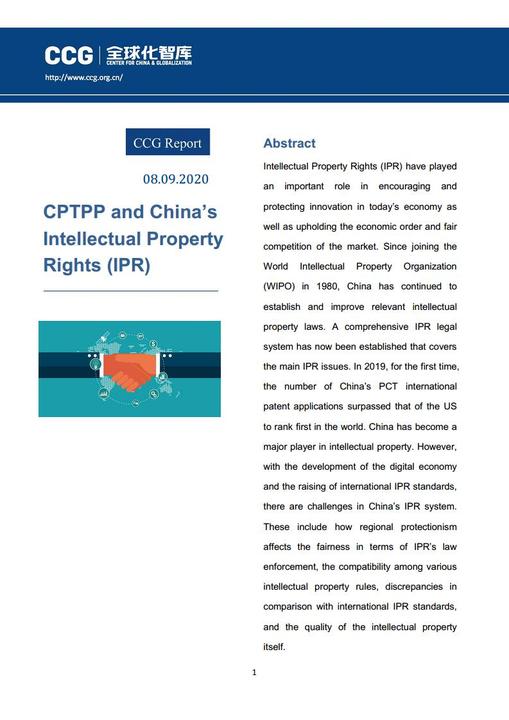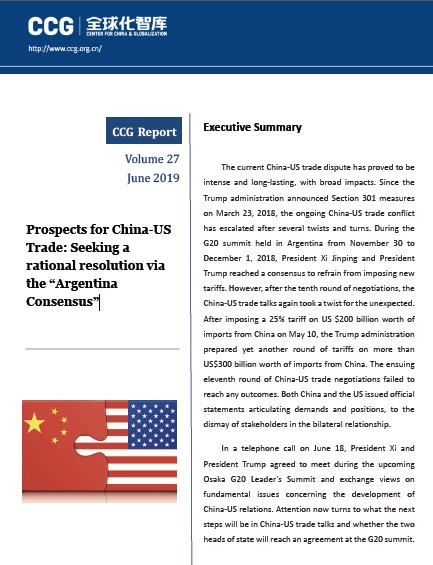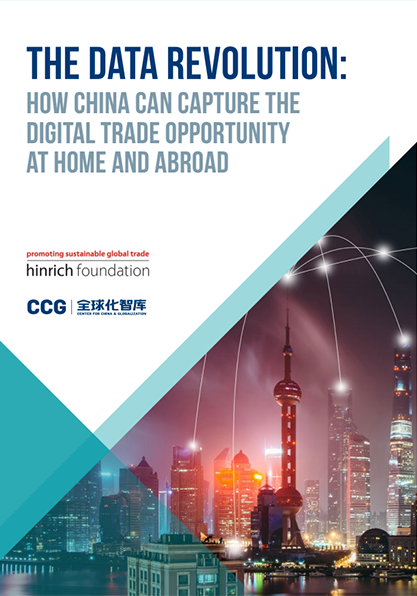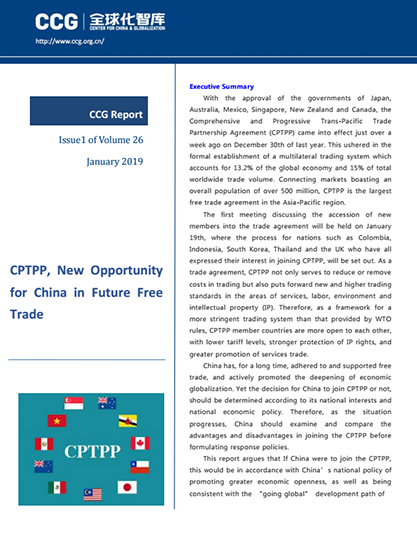Reforms of Chinese Visa Policy Hope to Rebalance the Tourist Deficit
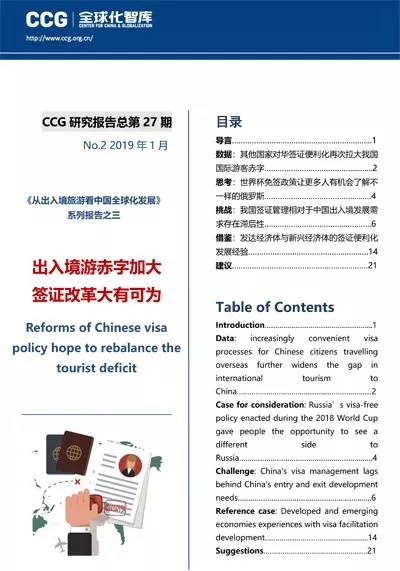
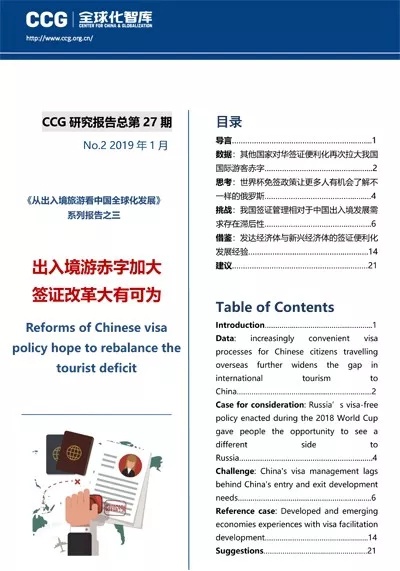
China’s inbound and outbound tourism data, the report pointed out that although the number of China’s inbound tourists have increased to a certain degree compared with previous years, the international tourism deficit has been also growing significantly. In 2016, China’s international tourism deficit reached 40.26 million (excluding the data of border residents’ entires), an increase of 27.26% from 3.3 million in 2015. It is expected to be further widen in the next five years, likely to exceed 100 million.
The comparative studies of China and other countries’ visa policy systems and the research on the relationship between visa policy and international tourism show the shortcomings in China’s current visa management and major challenges, including conservative categorization of visa types, lack of optimized visa application platform, visa exemption policy that is not open enough, and uncoordinated visa and entry-exit management. From a number of case studies such as Russia’s visa exemption policy during the World Cup and innovative visa policies in developed and emerging economies, the report draws some lessons to both simplify visa processing procedure and attract foreign tourists to eventually promote globalization.
The report points out that the open and innovation of visa policy is a key measure for China to be further involved in globalization. Therefore, it suggests the measures in five aspects to achieve this goal, which are 1) changing concept from focusing on document management to population management; 2) reforming visa policy and innovate visa system by establishing a self-application platform; 3) establishing cooperative operation to enlist social resource to build information management platforms; 4) authorizing the State Immigration Administration to take a leading role in the coordination of China’s exit-entry management; 5) stepping up tourism promotion through partnership building and private sector participation.

